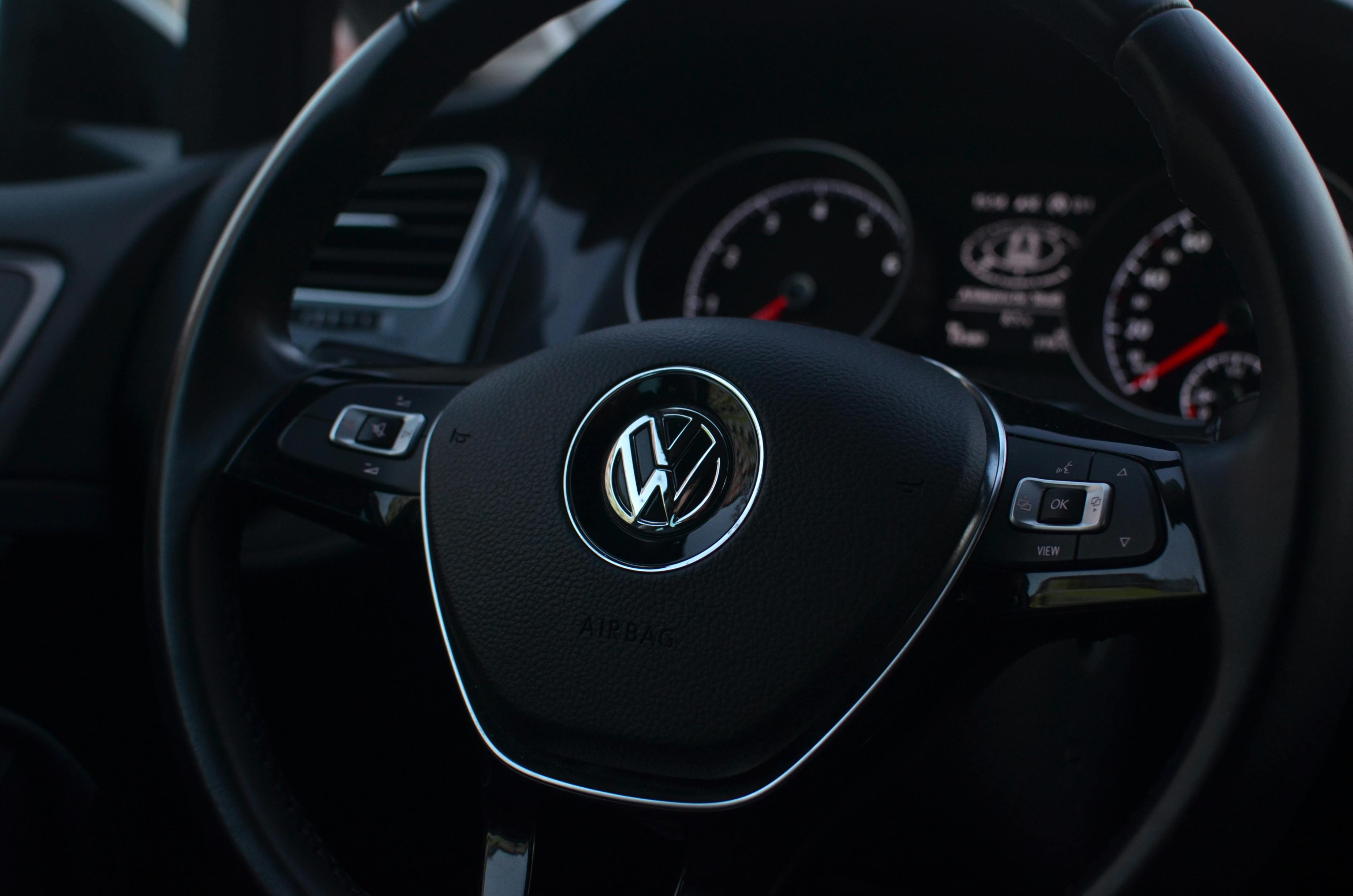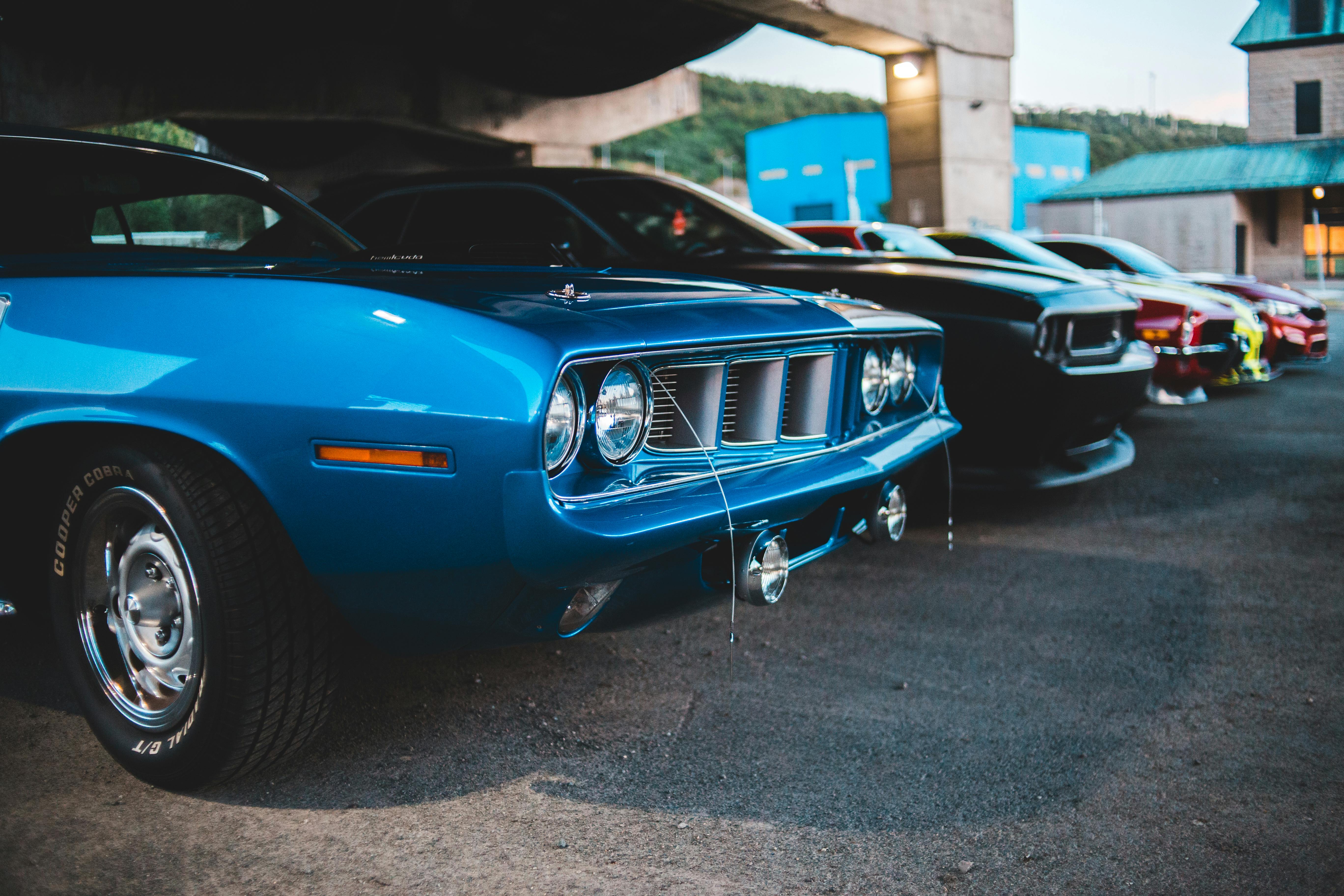I am constantly asked what are the big differences between road bikes and triathlon bikes. The obvious difference is the fact that you run a triathlon in an aero position, but sometimes we see aero bars on road bikes, what’s the real difference? There is a minor difference between uci legal time trial bikes and triathlon bikes, although they look very similar. The short answer is that road bikes are designed to have three hand positions, triathlon bikes are designed to have one. Just because a road bike has clip-on aerobars doesn’t mean it’s a purpose-built triathlon bike.
Draft legal triathlons are the only area where a road bike with small aero bars is used, but speaking of position, I call them road bikes. They’re built to be able to do everything a road bike can do, and in fact, bike racers use the aero position of a shot-legal triathlete all the time.
Time trial bikes that are uci legal have saddles set back further back than triathlon bikes. The bike is set up so that the rider has to ride on the nose of the saddle (on the rivet, as they say) to get the right balance point for the effort being produced. The more you pedal, the further your balance point moves. Since a time trialist is racing with maximum effort, the most efficient position is in front of the comfortable point of the saddle, so riders just put up with it. They don’t have to be comfortable and their events rarely last more than an hour, so who cares?
Triathlon bikes are designed to cover longer distances and at a submaximal pace. This means that the rider will put more weight on the saddle and aerobars because he is not hitting the pedals hard enough to hold himself up. As such, the saddle and aerobars are located where the rider is most efficient or most aerodynamic. The reason I distinguish between the two is that the traditional triathlon positions are far advanced to accommodate the greater hip angle needs of a triathlete and to allow for a super aerodynamic position.
My problem with this position is twofold. Firstly, the position is not powerful and many triathletes give up more power than is gained through pure aerodynamics. Second, the further forward one stands in relation to their balance point, the more frontal load is placed on the knees and the quadriceps overcompensate. This muscular imbalance is paid in the transition and the beginning of the race.
The perfect triathlon position is one in which the rider is as strong and aerodynamic as possible, with enough comfort to be able to stay on the aerobars throughout the event. This is a problem. If you have to sit down during a race to rest because the aerodynamic position is not sustainable, you have a problem. You will go slower and you will be more tired in the race. Remember, though, that power trumps aerodynamics to a point, so your best position may not be where you think it is.
Since position on the bike and setting up the bike to support that position are the two defining differences between a road bike and a triathlon bike, what about all the aero tubes on some frames and the round tubes on some frames? others? Some frame manufacturers advertise their frame speeds based on wind tunnel testing, but I think that’s a lot of marketing hype for the most part. Here’s a critical fact: The part of the time trial or triathlon bike that creates the most resistance is the rider! The frame is inside the boundary layer and as such doesn’t make as big a contribution to aerodynamics as one might think.
The concept of a boundary layer is difficult, so imagine the air right next to you going at the speed you are going, and at a certain point away from your body (and the bike) the air is undisturbed. There is a “layer” of air that goes from not disturbing to actually going at your speed, as the layer of air molecules touching your skin is doing. The intermediate material is the “boundary layer”. In my industrial design career, I remember designing a part that went on a Boeing 777 and remember learning that the boundary layer was 13″ thick at the point in question. This means that the 2″ part that was sticking out of the fuselage had virtually no real aerodynamic detriment!
What this all means is that a road bike with aero tubes will not be as fast as a triathlon bike with round tubes, assuming the rider has a good position! What this also means is that the aerobars, fork and front wheel all have a huge impact on aerodynamics as they are outside the boundary layer. Some very fast ironman finishes happen with people riding round tube triathlon bikes, but you can bet they’re positioned correctly and have good wheels, aerobars, and front fork.
At the end of the day, there’s a lot to a good triathlon bike. The first thing, positioning, is the most critical. Second, the big wheels are important. Third, it’s important to have a good set of integrated aerobars that have the shifters on the ends of the aerobars. Next, hydration. Frame bottles or aerobar bottles/hydration systems are much better than behind the saddle. You have to move to get to the back and get those bottles mounted on the saddle, so that’s an area that could pay off.
Triathletes are in charge of all aspects of the three disciplines of the sport. The bike is so critical, and yet so overlooked, that it’s not surprising that a lot of bad information circulates around the transition area. When you’re sitting around the cooler after a race, and someone says the “Brand X” bike won 10 Ironmans, remember, the bike’s frame didn’t win the race. The athlete did it, who did the best time on all three legs!



